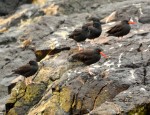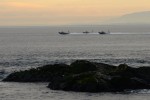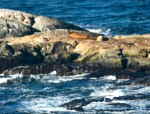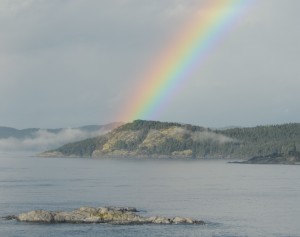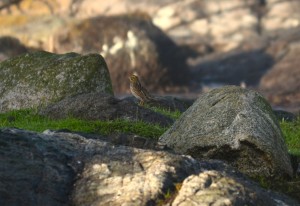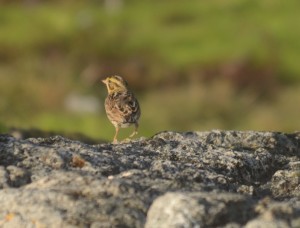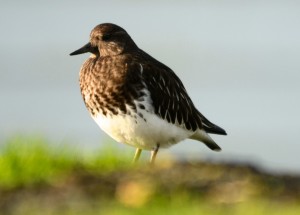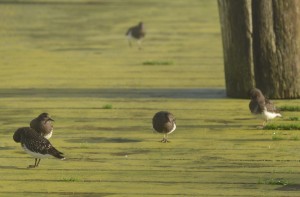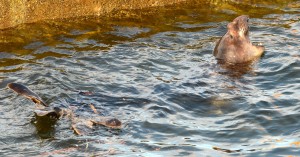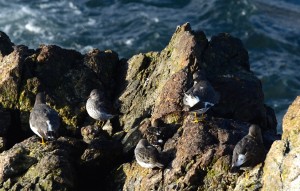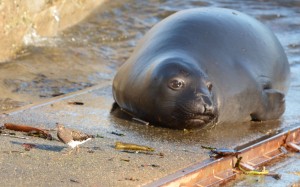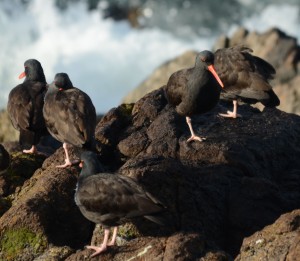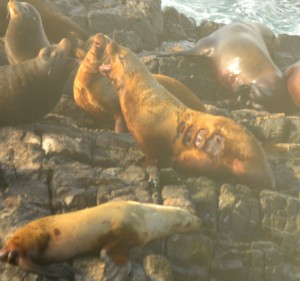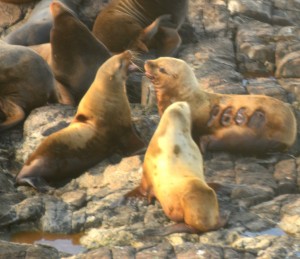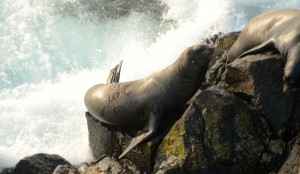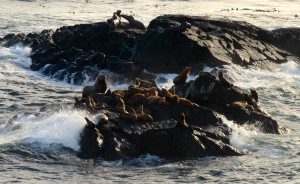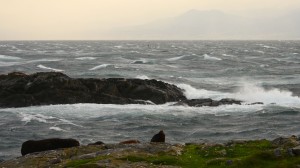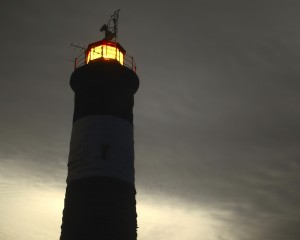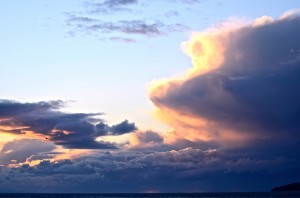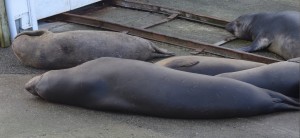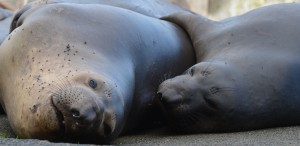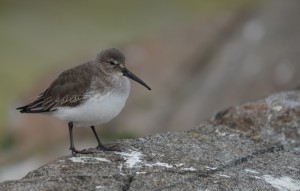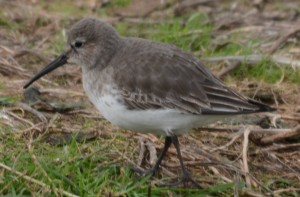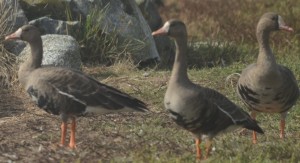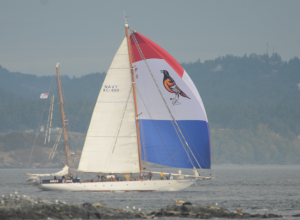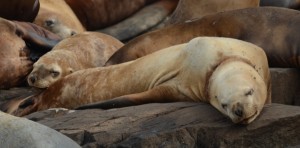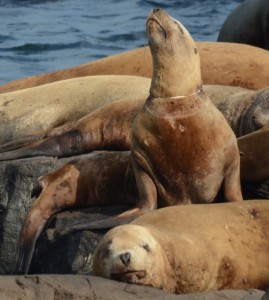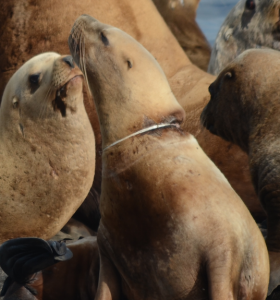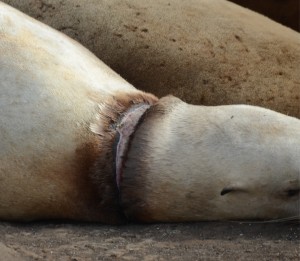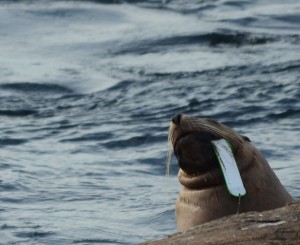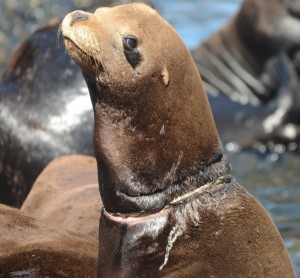The wind blew about 10 knots from the north. The barometer rose overnight from 1009 hPa to 1013 hPa as the sun set at 16:29, beginning to drop in the evening. The sea was rippled. The sky was mostly overcast with some breaks of sun and occasional light rain showers. It hasn’t rained here during the day (possibly at all) in about two weeks.
There was one whale watching boat seen in the reserve today. It spent a lot of time near the southern side Race Rocks, where the whale watching boats don’t usually go. Three small grey inflatable military boats sped around the edge of the reserve at 15:00, coming within less than a hundred meters of the islands. After their circuit, they headed back towards the navy base.
Here are the results of the weekly census:
Steller Sea Lion: 263
California Sea Lion: 208
Harbour Seal: 7
Northern Elephant Seal: 5
Bald Eagle: 4 (2 adults, 2 juveniles)
Canada Goose: 9
Harlequin Duck: 3
Double Crested Cormorant: 44
Pelagic Cormorant: 147
Black Oystercatcher: 10
Gull: 396
Black Turnstone: 20
Rock Sandpiper: 3
Surfbird: 17
Fox Sparrow: 1
As always, there were variations in the numbers seen since last week. There were fewer harbour seals. I checked them throughout the day, the most I was able to see at one time were seven, scattered around the many small islands. The tide was fairly high during the daylight hours, which tends to not be good hauling out conditions for the seals. There were more smaller birds seen this week. It was easier to spot smaller birds this week because of the lower wind speed. I had a tough time distinguishing the rock sandpipers amongst the surfbirds. While they look very similar, the surfbirds are a bit larger and have shorter bills. See if you can tell the difference in the photos below.
- Three harlequin ducks on the shore near the winch house
- Three harlequin ducks in the water near the winch house
- A large group of cormorants take a rest on Turbine Rock.
- Black oystercatchers gather on the south side of Race Rocks.
- Two surfbirds (left) and two rock sandpipers (right) near the old sewage surge channel, on the south side of Race Rocks.
- Three military boats race at high speeds around the ecological reserve. They are just off of the South Islands.
- A large group of sea lions (mostly steller) having a float and doing their shark impressions, to the south of Race Rocks.




